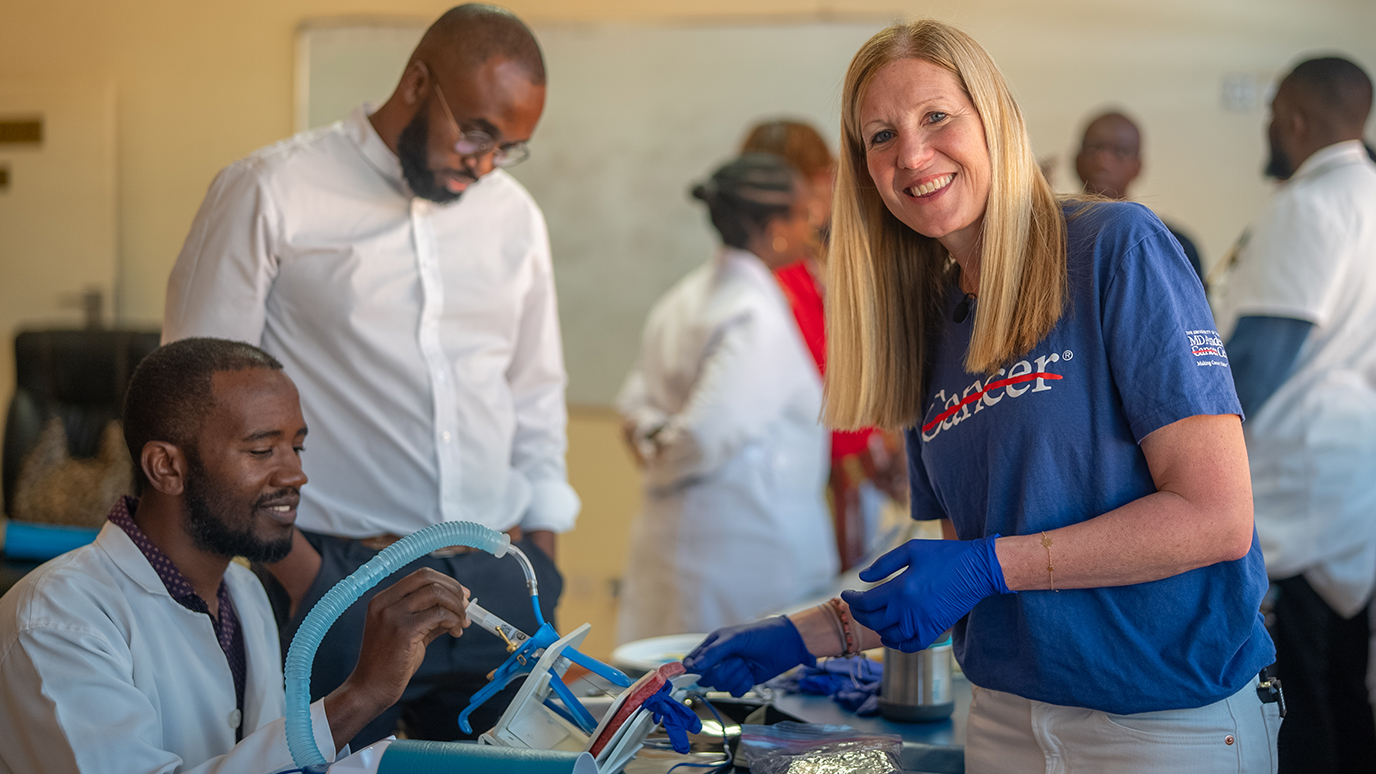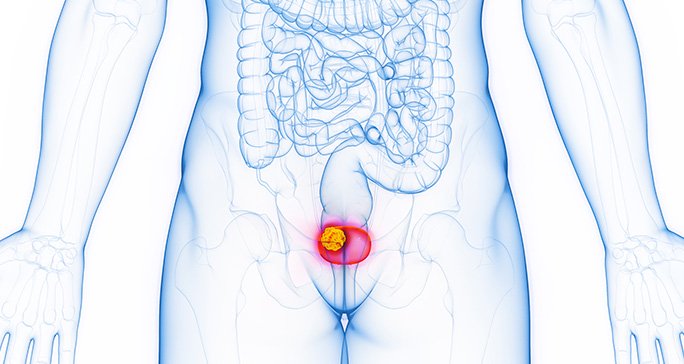- Diseases
- Acoustic Neuroma (14)
- Adrenal Gland Tumor (24)
- Anal Cancer (68)
- Anemia (2)
- Appendix Cancer (16)
- Bile Duct Cancer (26)
- Bladder Cancer (72)
- Brain Metastases (28)
- Brain Tumor (232)
- Breast Cancer (714)
- Breast Implant-Associated Anaplastic Large Cell Lymphoma (2)
- Cancer of Unknown Primary (4)
- Carcinoid Tumor (8)
- Cervical Cancer (158)
- Colon Cancer (166)
- Colorectal Cancer (116)
- Endocrine Tumor (4)
- Esophageal Cancer (44)
- Eye Cancer (36)
- Fallopian Tube Cancer (8)
- Germ Cell Tumor (4)
- Gestational Trophoblastic Disease (2)
- Head and Neck Cancer (12)
- Kidney Cancer (128)
- Leukemia (342)
- Liver Cancer (50)
- Lung Cancer (286)
- Lymphoma (278)
- Mesothelioma (14)
- Metastasis (30)
- Multiple Myeloma (100)
- Myelodysplastic Syndrome (60)
- Myeloproliferative Neoplasm (4)
- Neuroendocrine Tumors (16)
- Oral Cancer (100)
- Ovarian Cancer (172)
- Pancreatic Cancer (160)
- Parathyroid Disease (2)
- Penile Cancer (14)
- Pituitary Tumor (6)
- Prostate Cancer (146)
- Rectal Cancer (58)
- Renal Medullary Carcinoma (6)
- Salivary Gland Cancer (14)
- Sarcoma (238)
- Skin Cancer (294)
- Skull Base Tumors (56)
- Spinal Tumor (12)
- Stomach Cancer (64)
- Testicular Cancer (28)
- Throat Cancer (92)
- Thymoma (6)
- Thyroid Cancer (96)
- Tonsil Cancer (30)
- Uterine Cancer (80)
- Vaginal Cancer (16)
- Vulvar Cancer (20)
- Cancer Topic
- Adolescent and Young Adult Cancer Issues (20)
- Advance Care Planning (10)
- Biostatistics (2)
- Blood Donation (18)
- Bone Health (8)
- COVID-19 (362)
- Cancer Recurrence (120)
- Childhood Cancer Issues (120)
- Clinical Trials (630)
- Complementary Integrative Medicine (22)
- Cytogenetics (2)
- DNA Methylation (4)
- Diagnosis (232)
- Epigenetics (6)
- Fertility (62)
- Follow-up Guidelines (2)
- Health Disparities (14)
- Hereditary Cancer Syndromes (126)
- Immunology (18)
- Li-Fraumeni Syndrome (8)
- Mental Health (116)
- Molecular Diagnostics (8)
- Pain Management (62)
- Palliative Care (8)
- Pathology (10)
- Physical Therapy (18)
- Pregnancy (18)
- Prevention (912)
- Research (392)
- Second Opinion (74)
- Sexuality (16)
- Side Effects (604)
- Sleep Disorders (10)
- Stem Cell Transplantation Cellular Therapy (216)
- Support (402)
- Survivorship (320)
- Symptoms (182)
- Treatment (1786)
Enlightening and innovating nursing at MD Anderson
4 minute read | Published January 19, 2024
Medically Reviewed | Last reviewed by an MD Anderson Cancer Center medical professional on January 19, 2024
Clinical Nurse Christian Perez receives a message that a hospital patient is ready for discharge. Within a few seconds, the patient’s face pops up on her screen, and Perez introduces herself with a warm smile. She patiently goes over discharge teaching and medication instructions, pausing to answer questions and ensure the patient and their caregiver feel confident about their after-care plan. This happens from Perez’s computer at home.
A year ago, she would have done this same task at the patient’s bedside. However, Perez can now support patient care remotely as one of MD Anderson’s first virtual registered nurses (VRN).
“It’s incredible that this is even possible,” says Perez, who spent the prior 13 years working on MD Anderson’s inpatient Leukemia unit. “Not only do I love the work I’m doing, but it’s also making a difference for our patients and frontline nursing staff.”
Partnering to improve patient and clinical satisfaction
MD Anderson launched its virtual nursing program in April 2023 on the Urology and Orthopaedic Surgery unit before expanding to two additional units over the following months. Virtual nursing is a component of MD Anderson’s Nursing Transformation, a strategic, forward-looking effort to shape the future of oncology nursing. Teams are exploring opportunities to innovate and improve nursing practice, health and wellness, growth opportunities and individualized career paths.
The goal of virtual nursing is to form true partnerships between the VRN and the bedside nurse, who work collaboratively to manage patients’ care. This allows a nurse at the patient’s bedside to focus on making high-level clinical assessments and administering medications, for example, while their VRN counterpart oversees tasks that can be done from almost anywhere, such as completing admission and discharge paperwork and educating patients.
“I am able to provide an additional layer of support to our bedside nurses, who are often rushing from one thing to the next,” says Perez. “I used to work on a busy 48-bed unit and know how stressful it can get, so I remind them that we are a team, and our goal is to improve patient care together.”
An extra set of (virtual) hands
One way Perez supports nurses is by providing her undivided attention to patients during the admissions process. She thoroughly documents the conversation, relaying important information to her teammates on-site.
“I always say, ‘You are my only patient right now,’ and they really open up to me about their pain and other symptoms,” she says. “Then, I’ll call the nurse and let them know what we went over so they are more prepared when they first enter the patient’s room and can address any important needs without delay.”
This model elevates MD Anderson’s team approach to care by creating a new dynamic that results in more support for inpatient nurses. Amy Sander, a nurse on the Urology and Orthopaedic Surgery unit, admits that she was initially skeptical of virtual nursing. But in a short period of time, the VRNs have become an important part of the nursing team.
“It’s like having an extra set of hands,” Sander says, emphasizing the time she now has to focus on direct patient care. “I feel less rushed, and I’m able to spend more time getting to know my patients. I enjoy getting patients up and walking after their surgery and really getting to understand their individual needs.”
Just the beginning
Preliminary data show that MD Anderson’s VRN program is enhancing safety, enabling more meaningful interactions with patients and elevating both the patient and the nursing experience.
Between April 25 and Sept. 15, MD Anderson VRNs completed admission paperwork for 650 patients and discharge teaching for 854 patients. This translates to more than 400 hours returned to the bedside nurse, enabling more patient interactions and care activities.
Lavonia Thomas, D.N.P., nursing informatics officer, says this is only the beginning. The VRN program will remain a learning environment in which new approaches are encouraged, with each outcome providing a stronger foundation from which to grow. The model of care continues to evolve through process improvements based on MD Anderson nurses’ feedback while integrating best practices from organizations across the country, including our own Hemovigilance Unit, to promote quality, safety and efficiency.
“Virtual nursing represents a model of care delivery poised to transform nursing practice,” says Thomas. “This role, designed by MD Anderson nurses, really underscores what nursing is about: innovation. We embrace a culture of continuous improvement and doing things differently to benefit patients and staff.”
For Perez, the challenge of doing things differently and discovering new ways to provide patient care has reignited her passion for nursing. She’s excited to see what the future will hold.
“I’m looking forward to seeing this innovative effort span across nursing,” she says. “I feel like there’s no limit.”
Related Cancerwise Stories

It’s incredible that this is even possible.
Christian Perez
Clinical Nurse





